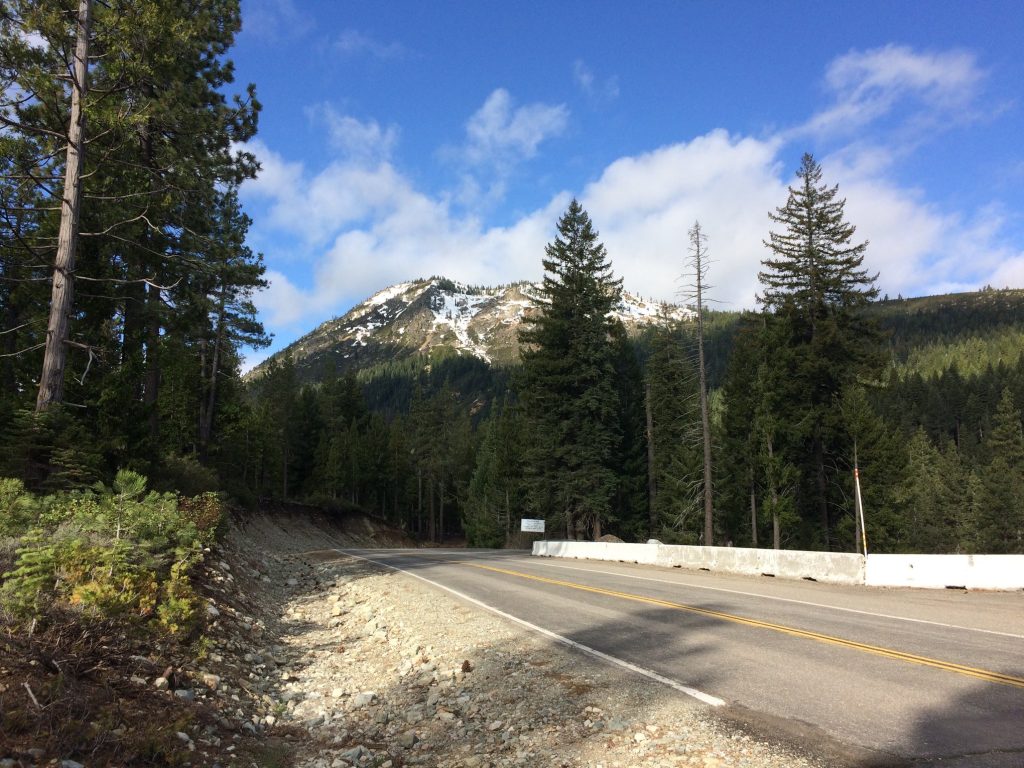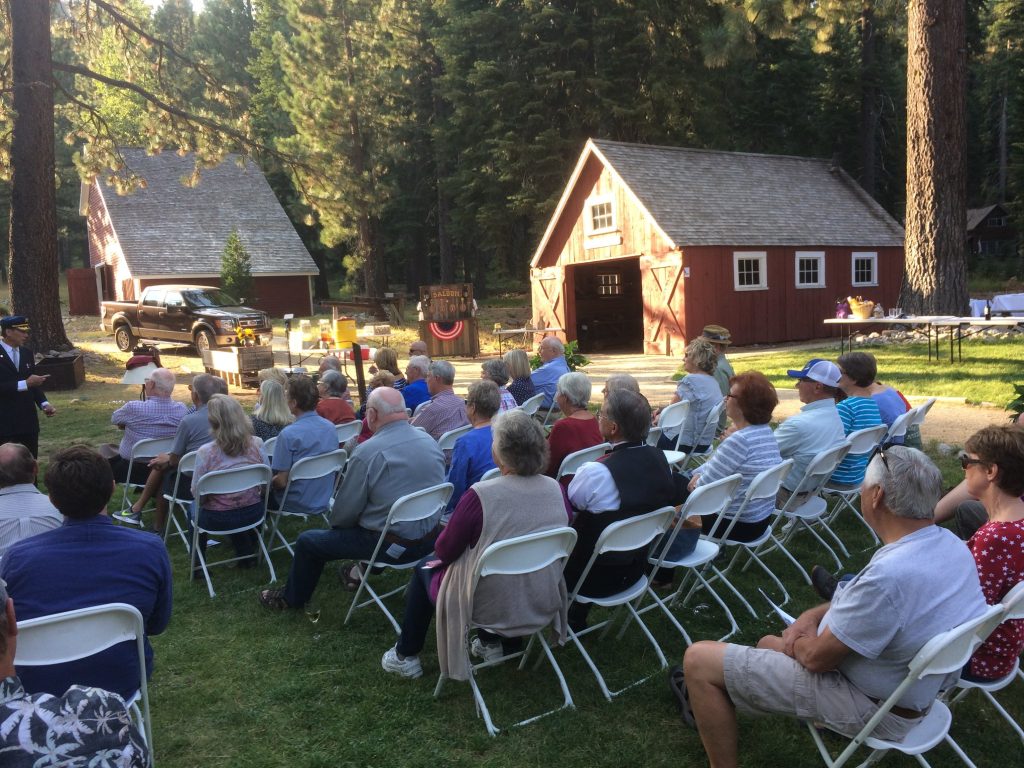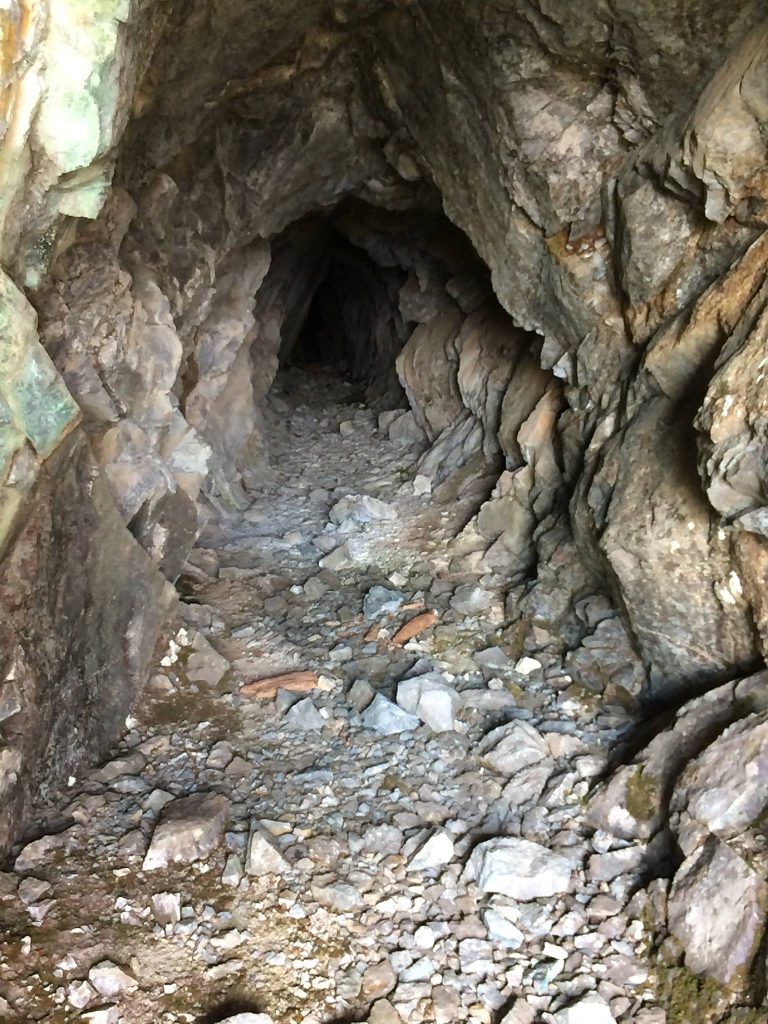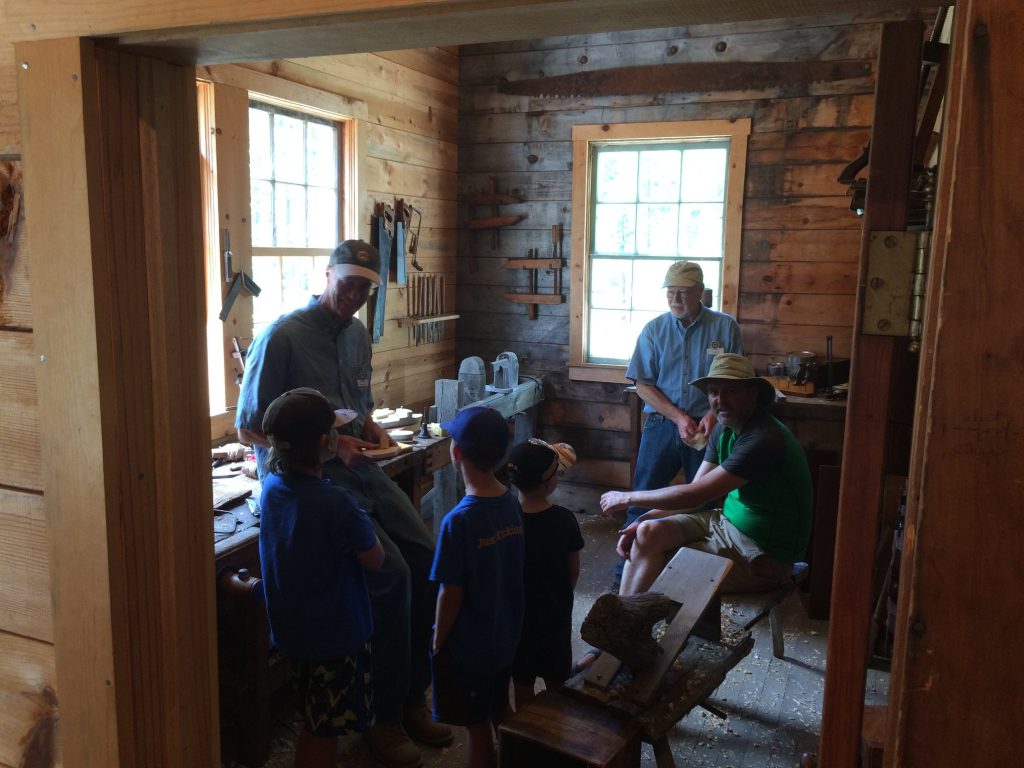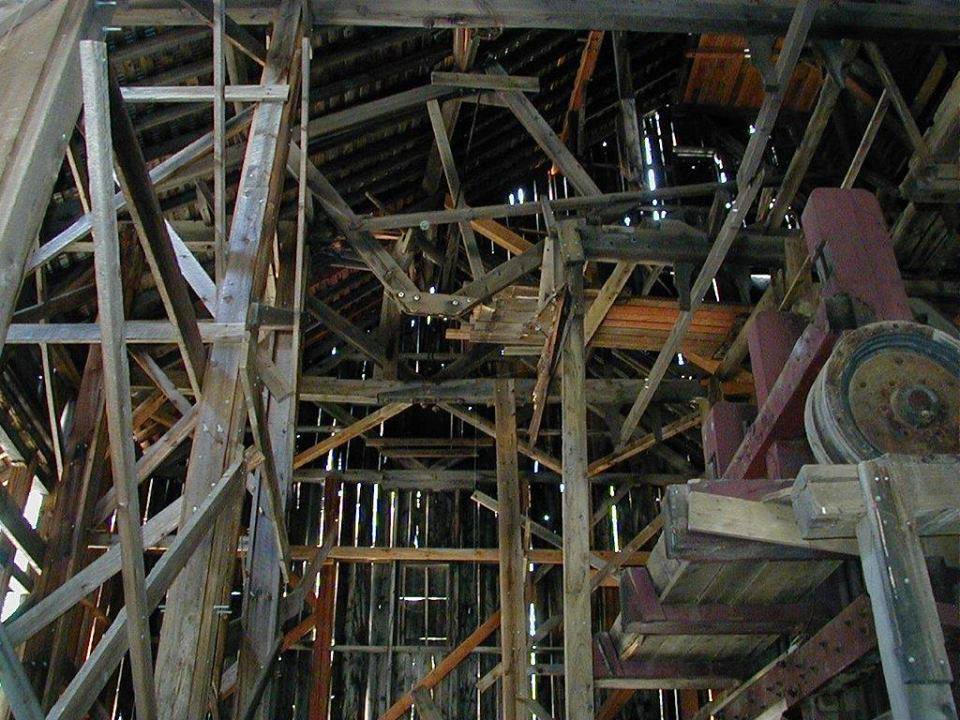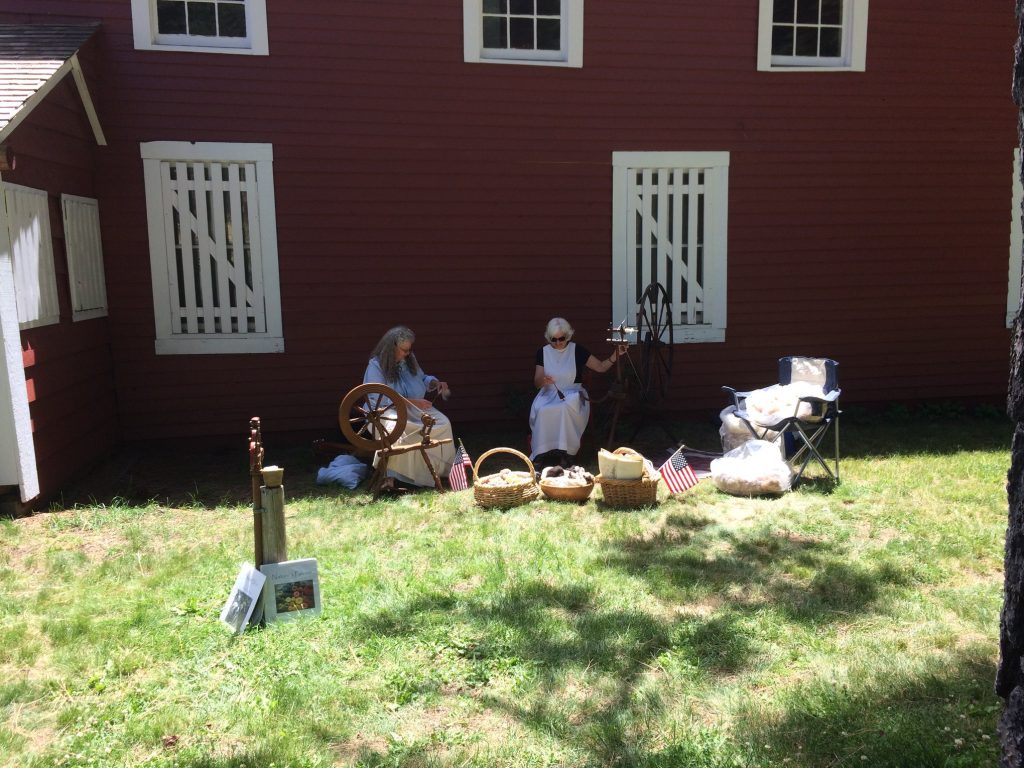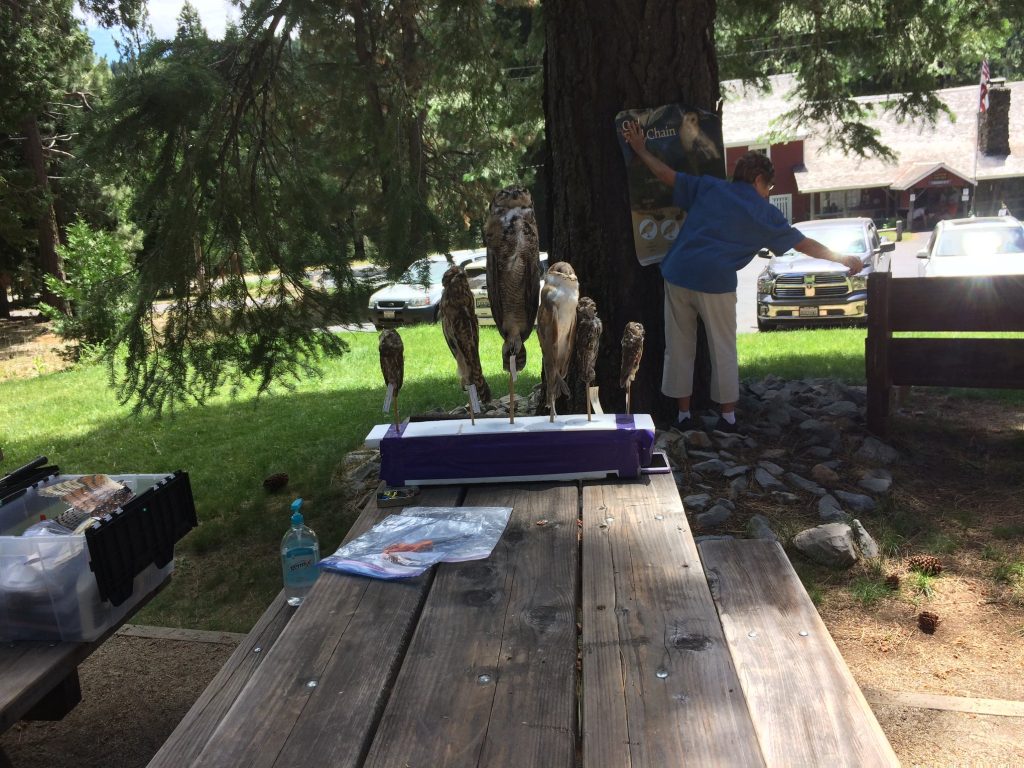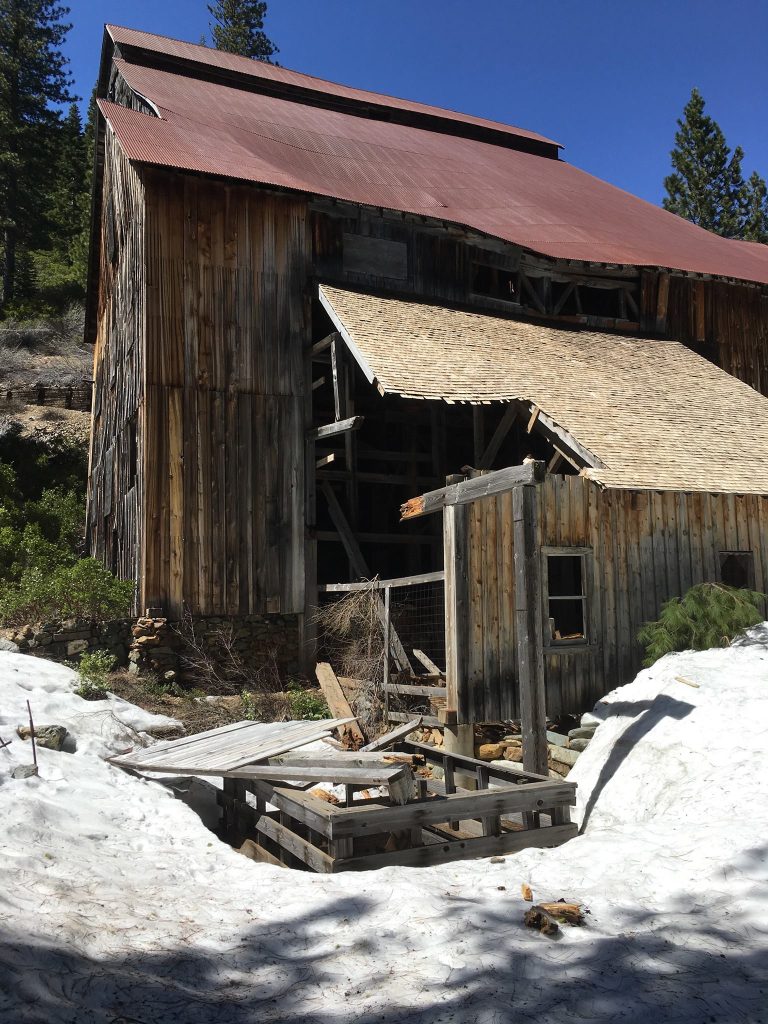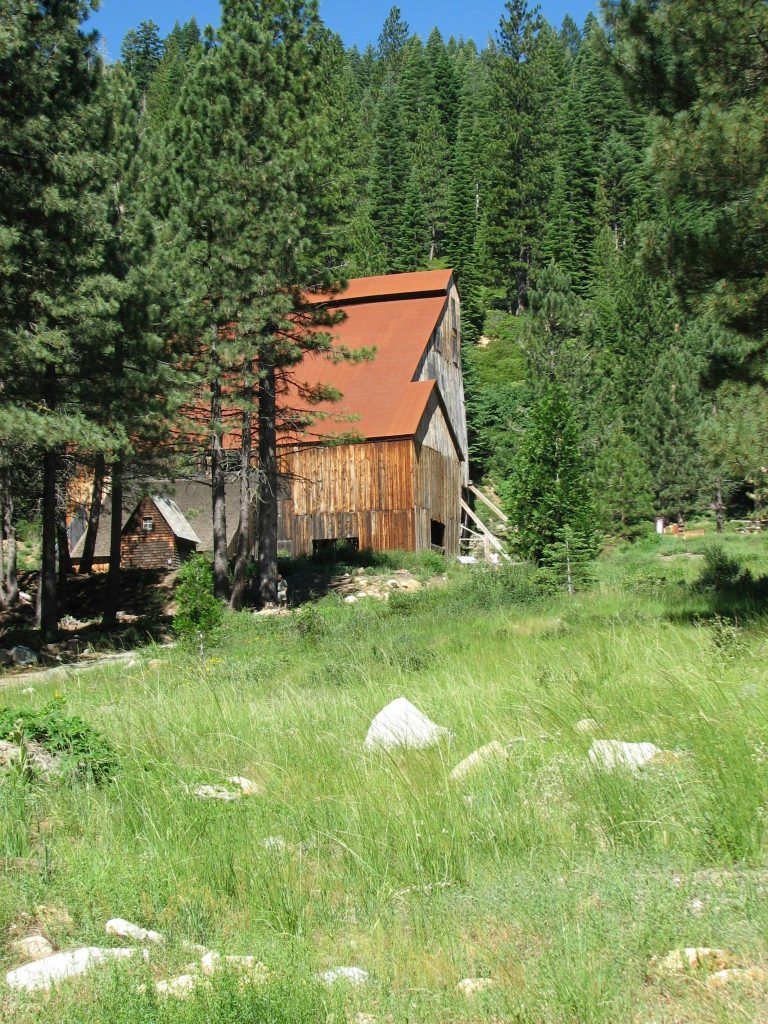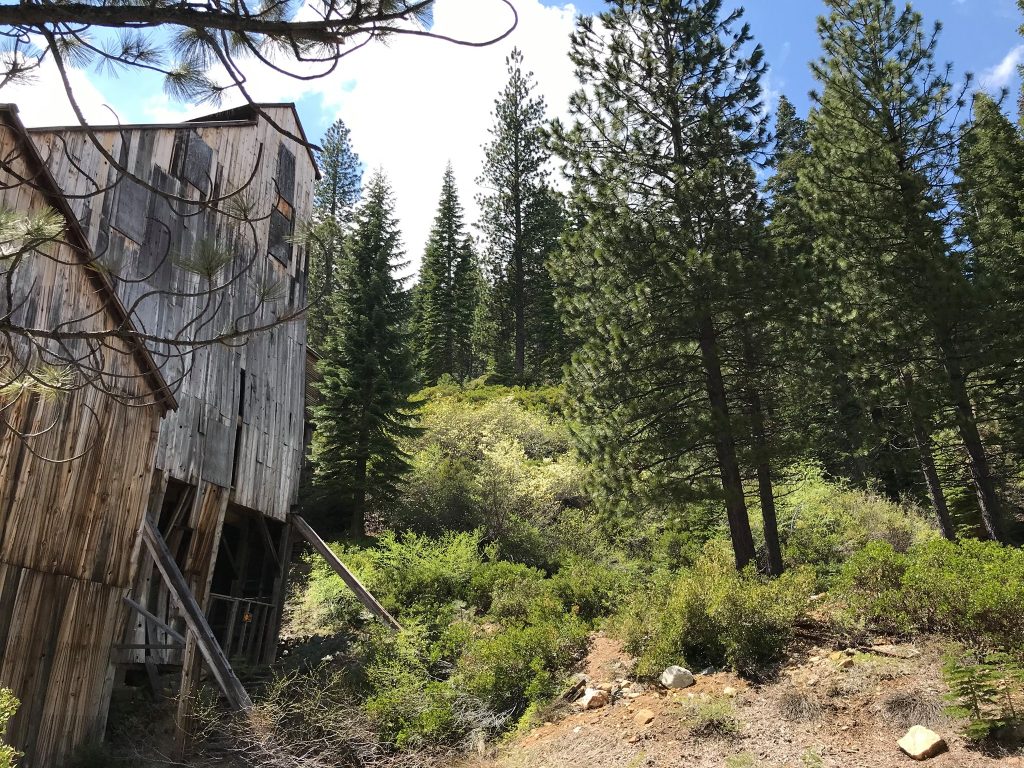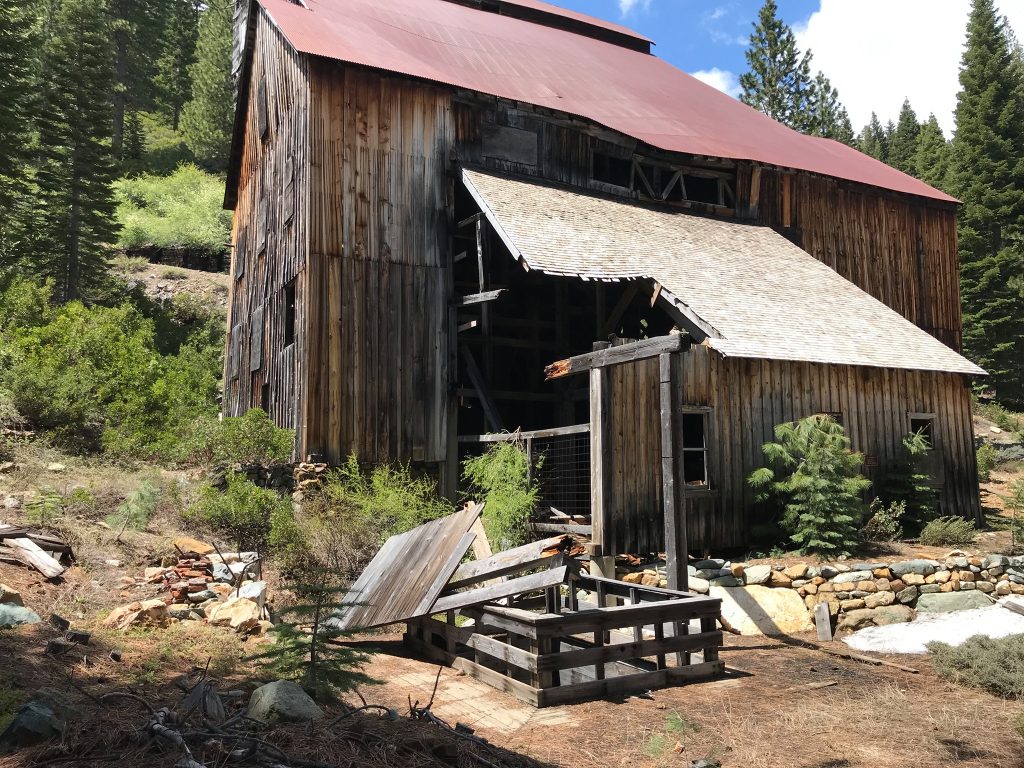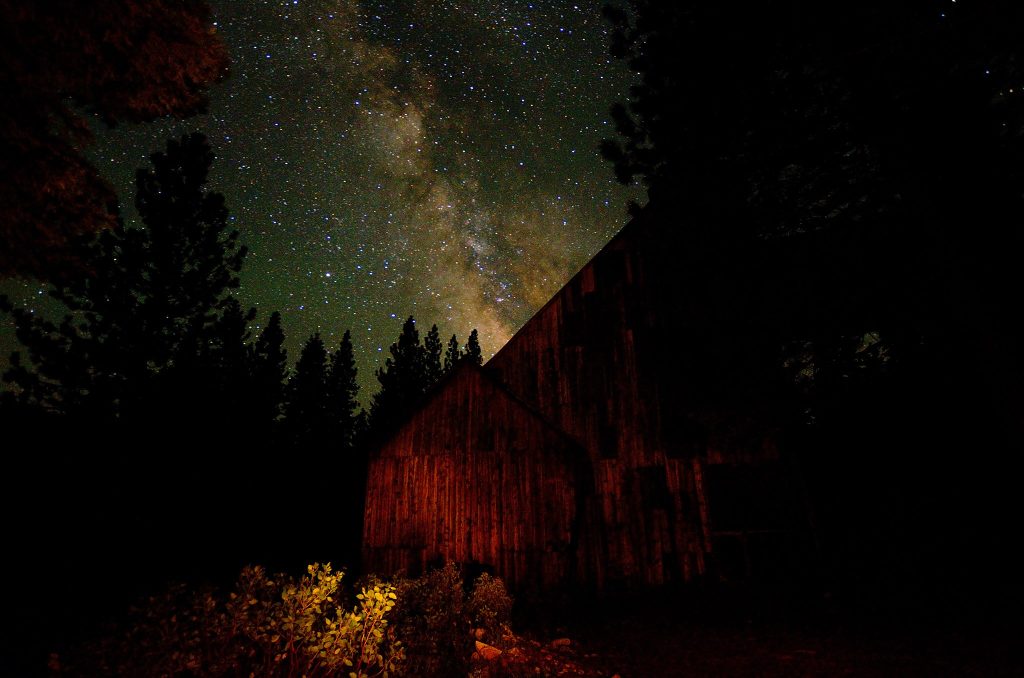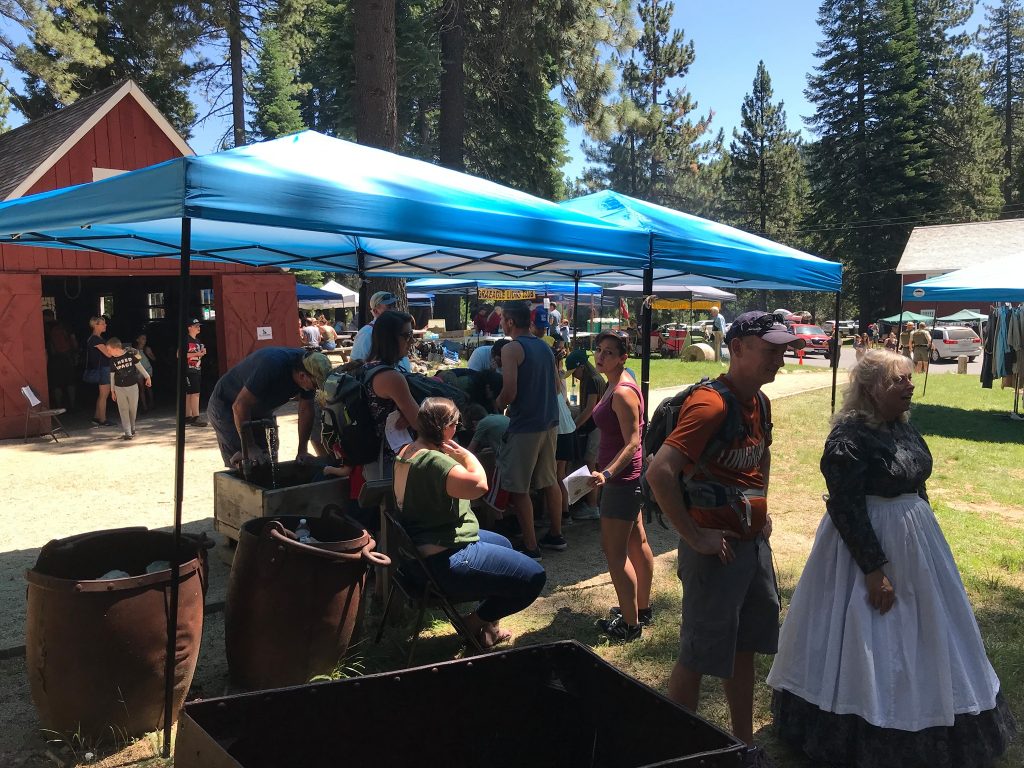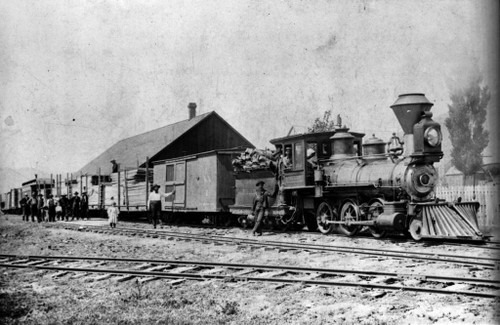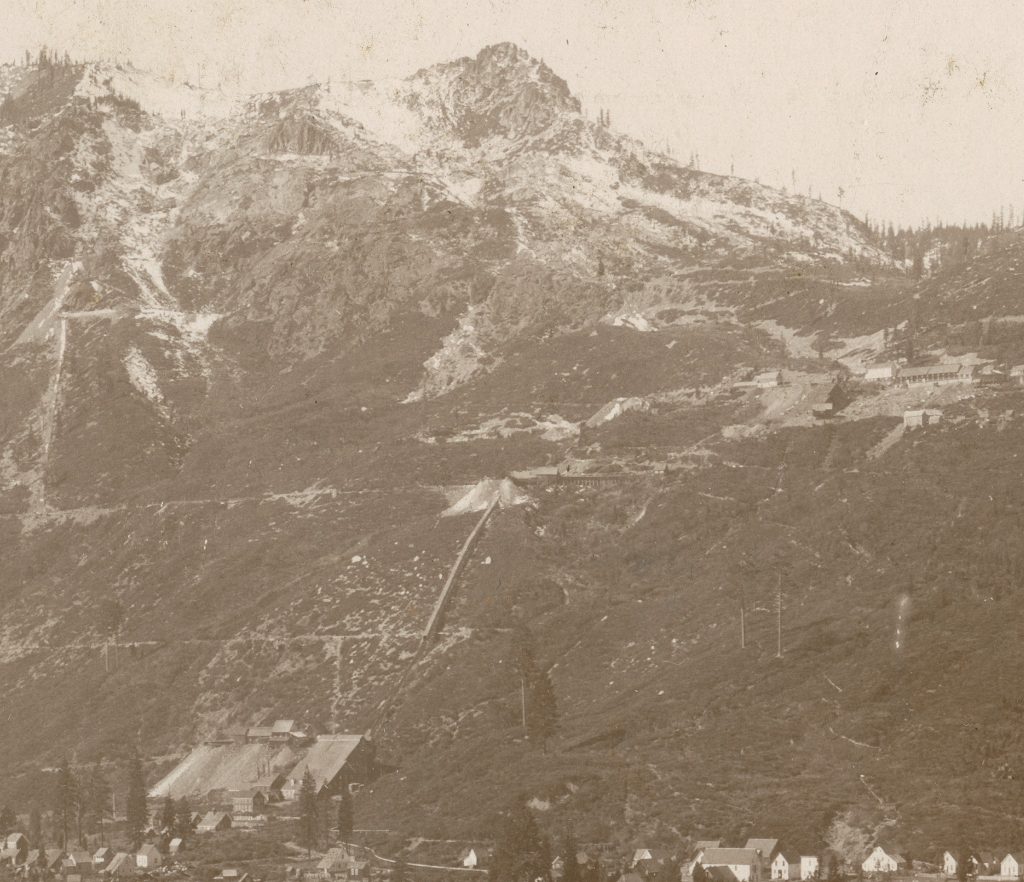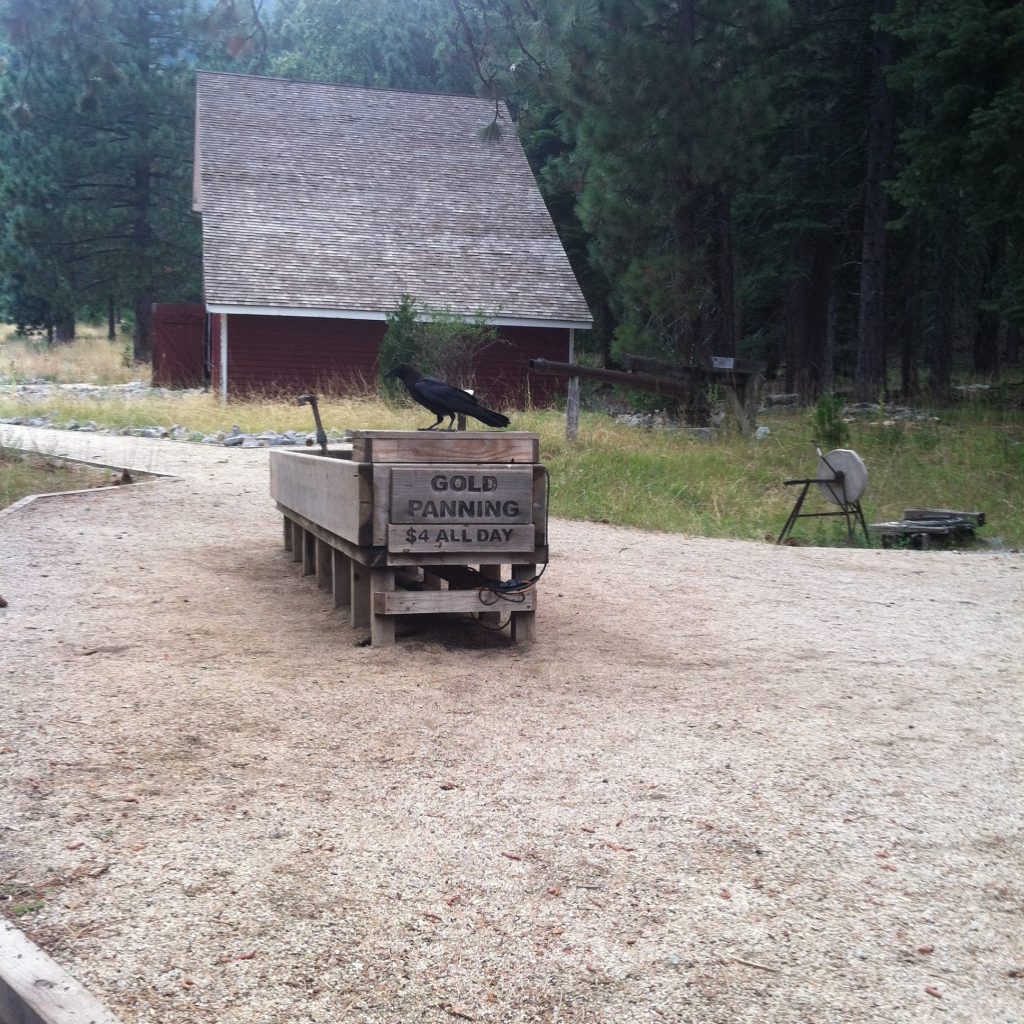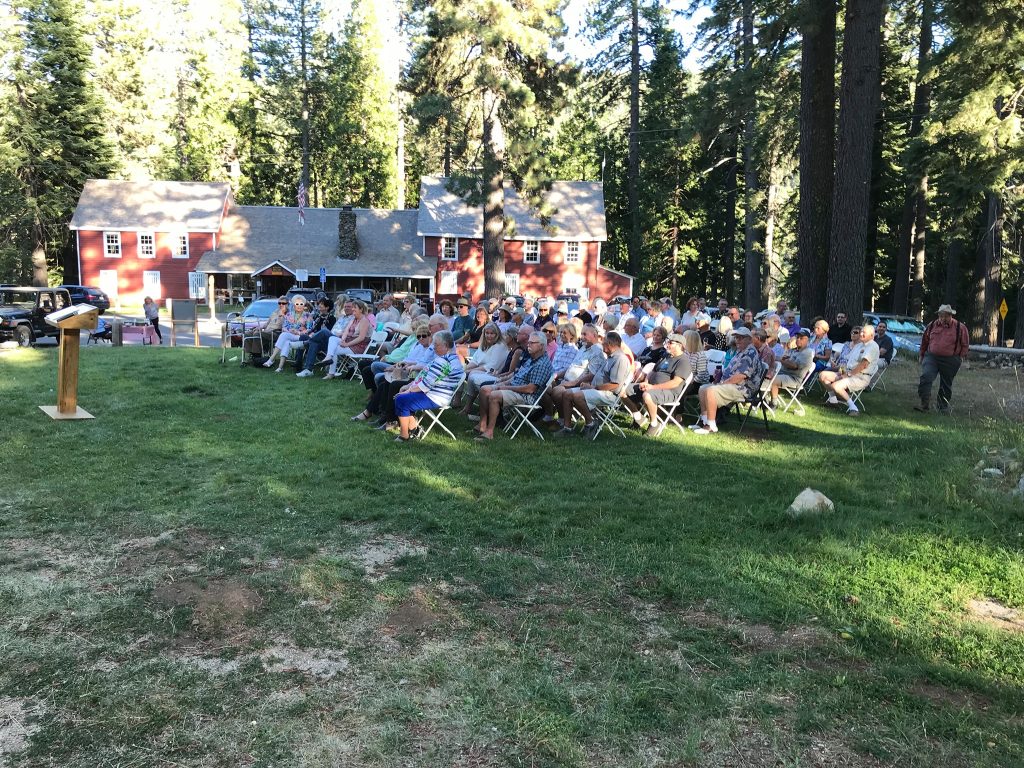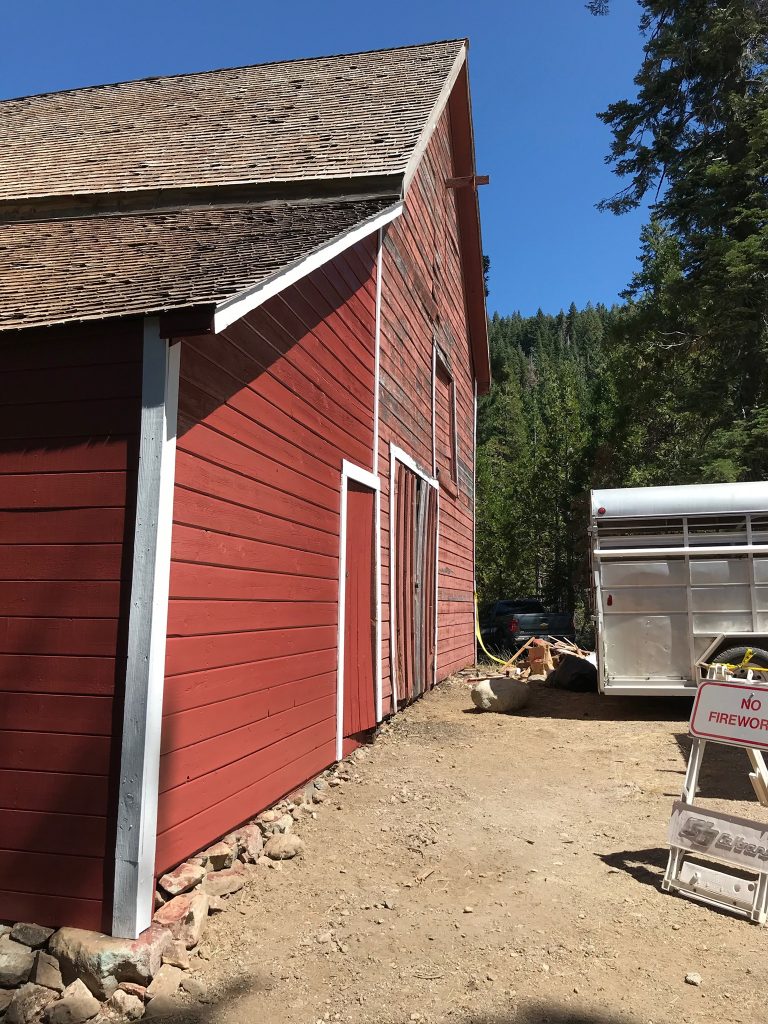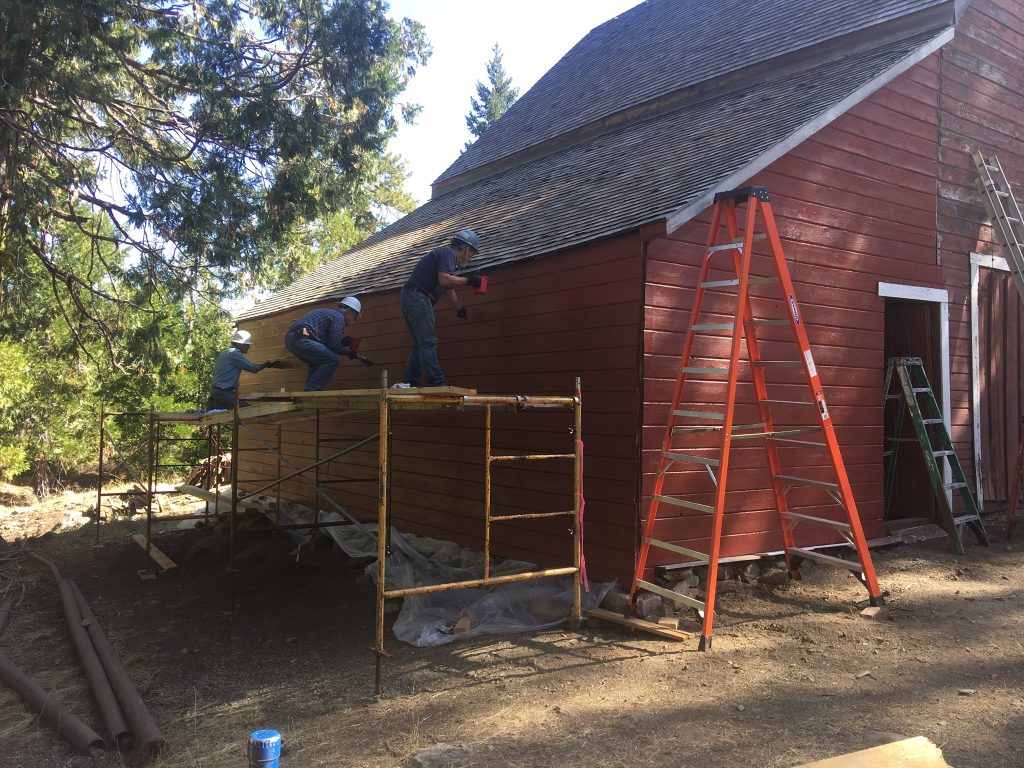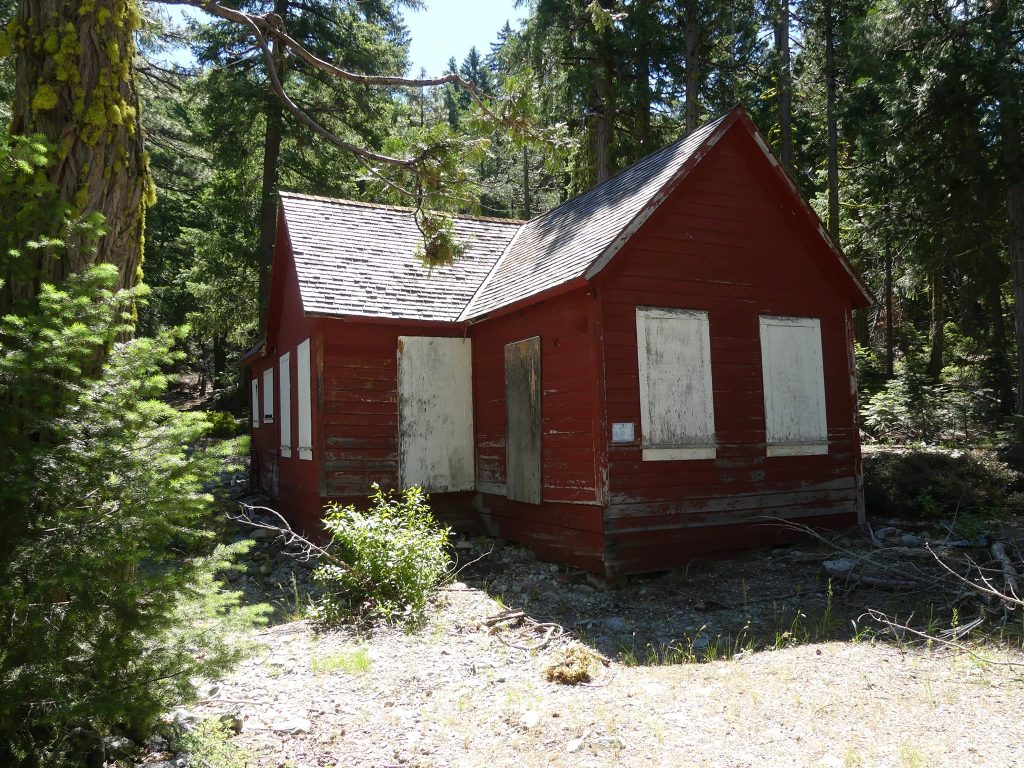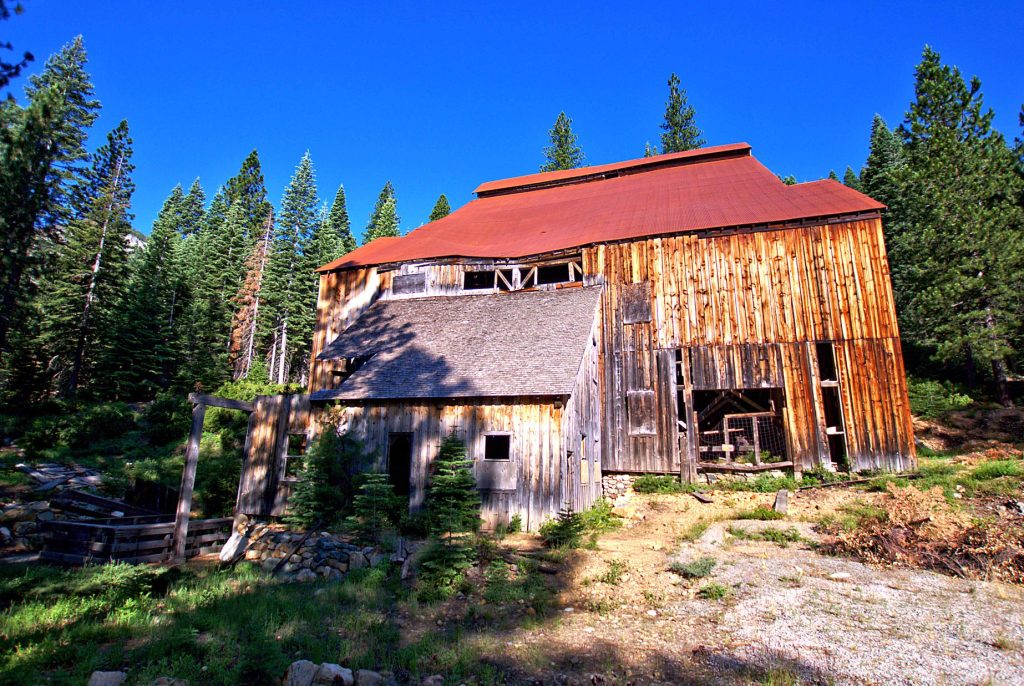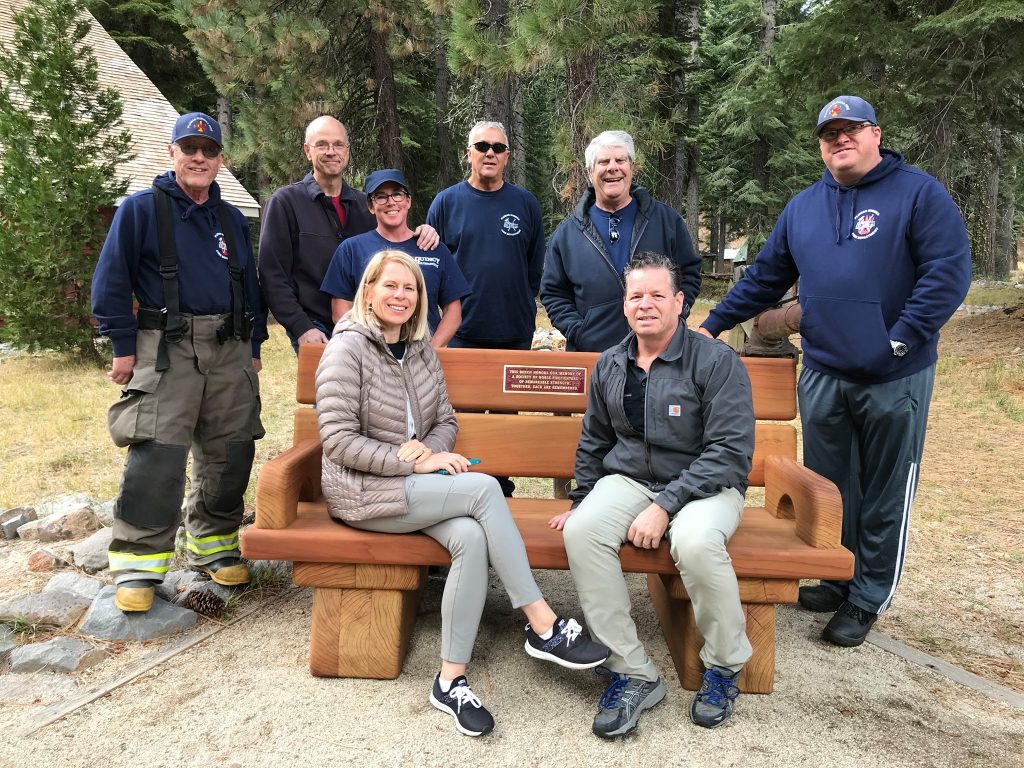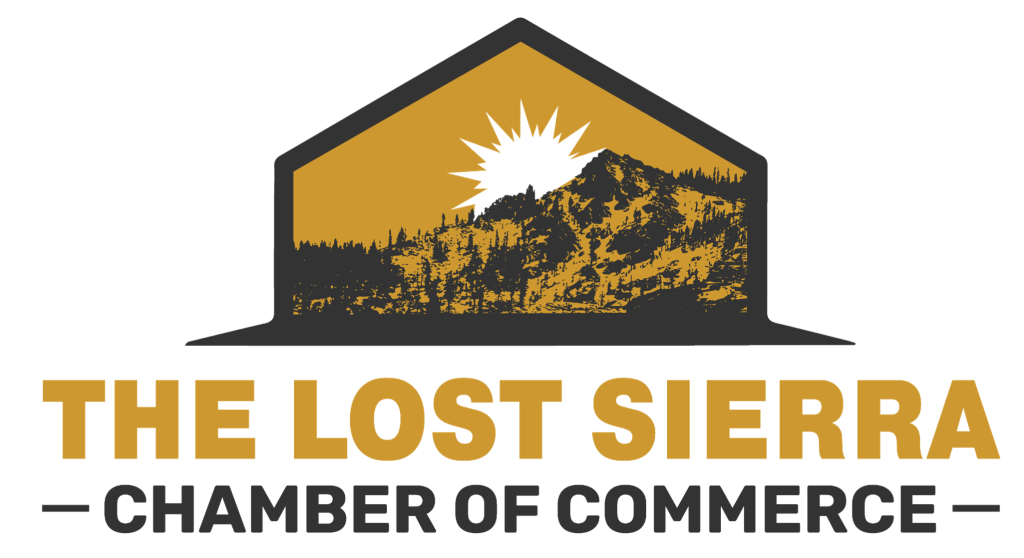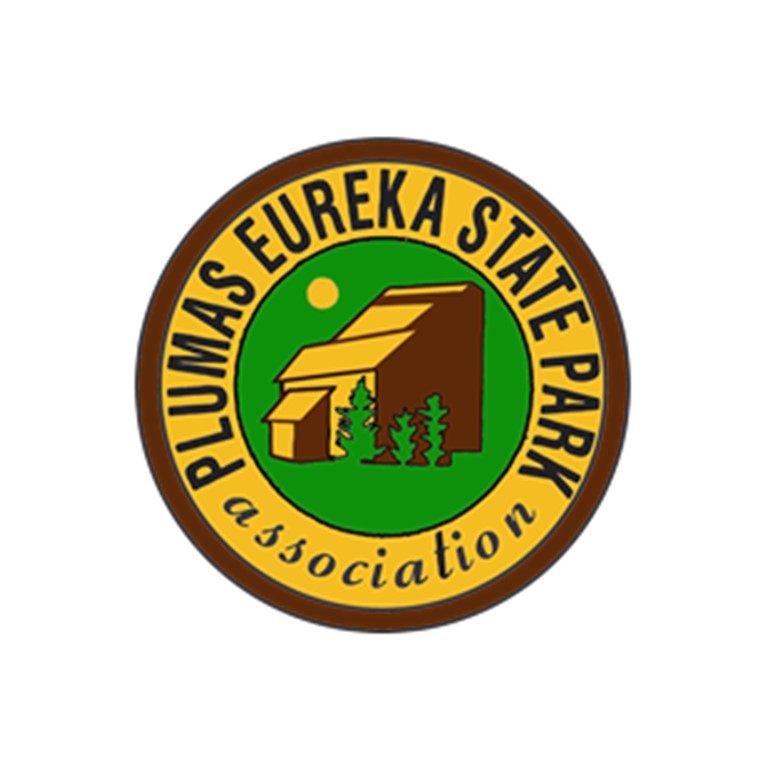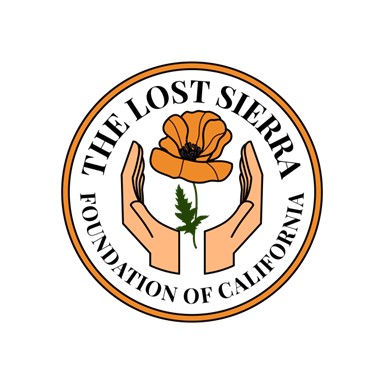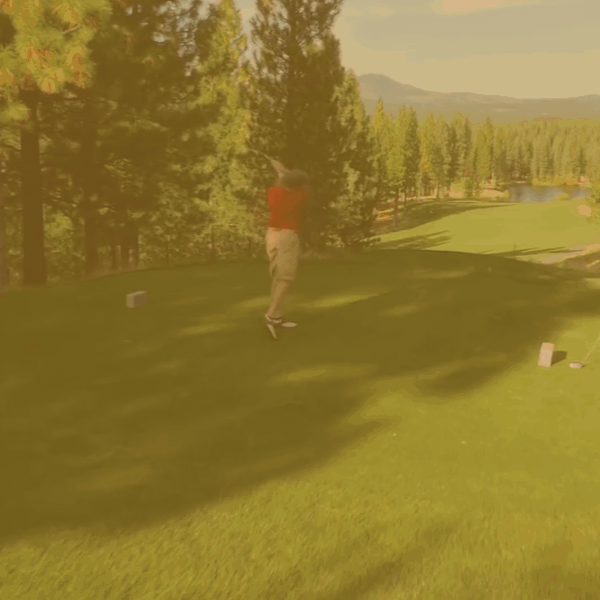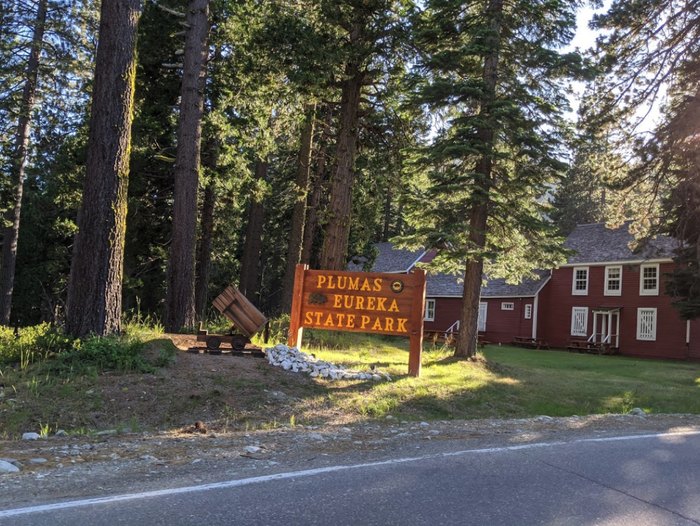
Contact Information:
(530) 836-2380
PlumasEureka.SeasonalParkAide@parks.ca.gov
310 Johnsville Road, Johnsville, CA
Thirty-six miners formed the Eureka Company and the rush was on. Seventy six claimants formed the Washington Company (better known as the Seventy-Six). Forty miners claimed the Rough-and-Ready, and about 80 more filed claims to the Mammoth. The gold that came from the “Plumas-Eureka” area was “hard rock” gold rather than the more commonly known “placer” gold.
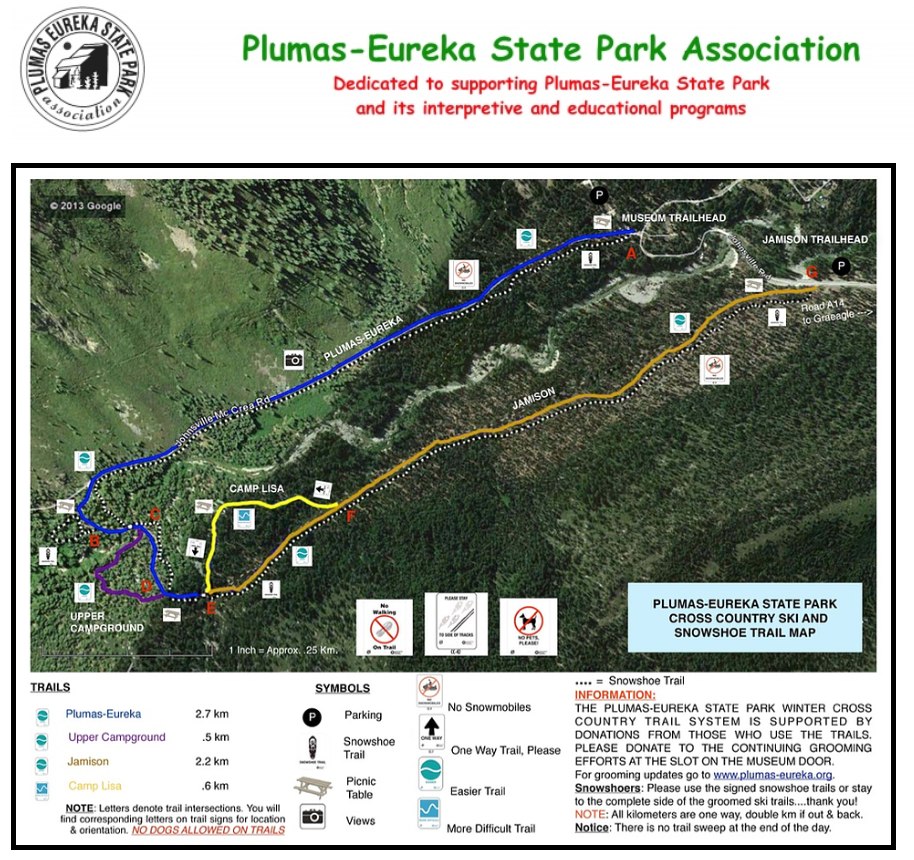
About Us:
The Plumas-Eureka State Park Association or PESPA, was established in 1977 to support the interpretive and educational programs at Plumas-Eureka State Park.
Funding for PESPA comes from donations, fundraising activities, museum sales and our popular membership program.
Using the funds raised through these activities, PESPA sponsors the hiring of summer interpreters who create and present programs such as the Junior Ranger Program, campfire programs, and interpretive hikes at the Park. PESPA also provides needed funds to purchase materials and equipment for these programs.
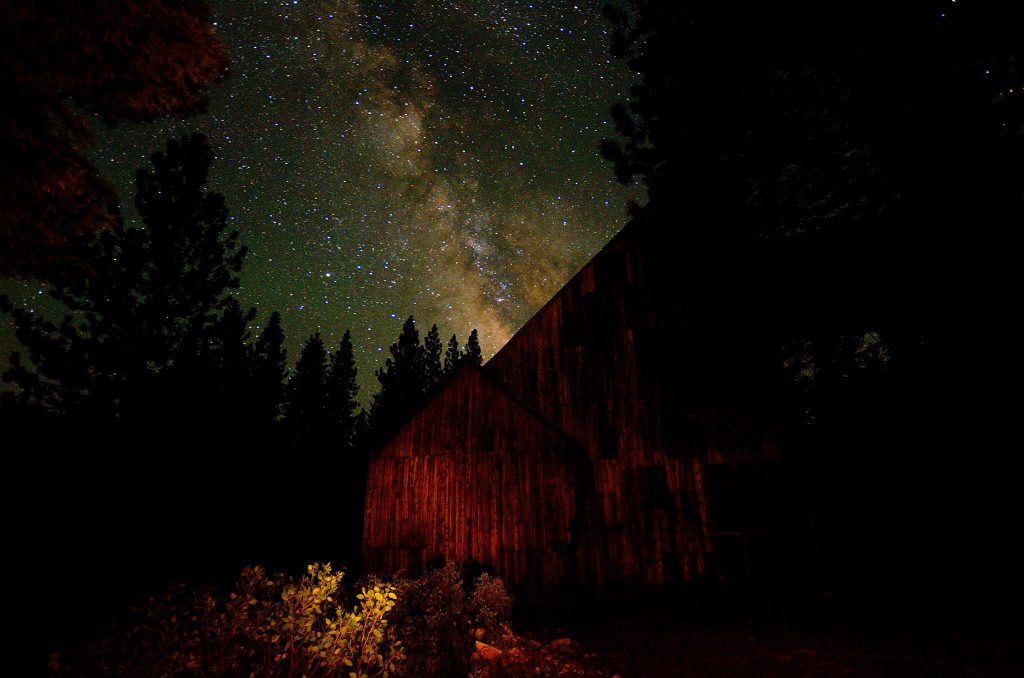
Our Association:
Jamison City
With the mines came families and development. Jamison City sprang up in 1853 as a tent city, and eventually grew to include twelve buildings, six of them saloons. This town was located on the banks of Jamison Creek, about a mile downstream from the present-day museum. Johnsville, a more sober and business-like community, came into being in 1872, and a similar community, Eureka Mills, was formed on the slopes of Eureka Peak in 1873. While highly productive, these early operations tended to “boom and bust”. Ownership changes were frequent until a British company, the Sierra Buttes Mining Company, Ltd., stepped in and consolidated all of the mines in this vicinity. With the aid of improved technology, this mining operation continued to operate profitably until the turn of the 20th century. Another operation, the Jamison Mine, which started in 1887, also continued to prosper until 1919. After these mines began to slow down, there were occasional periods of excitement, and renewed prosperity always seemed just around the corner. But little by little, mining operations tapered off, until they were finally discontinued in 1943. By then, some $25 million in gold had been taken out, and about 65 miles of tunnels had been carved into Eureka Peak. Today, there are still many visible reminders of the area’s colorful history both in and around the park. These include the long-silent, sealed-off mine shafts and tunnels, and the Mohawk Stamp Mill, where $8 million worth of gold is said to have been processed. The building that houses the park headquarters and museum was once a bunkhouse for one of the mines. Part of the old tramway is still standing. It is believed to have served as the world’s first ski lift.
The Birthplace of Winter Sports
In the winter, mining operations slowed, and the miners found themselves with free time on their hands. It was in this area that competitive downhill ski races were held, possibly for the first time in North America. Racers started above Eureka Lake, and traveled the 1,700-foot run with speeds up to (and sometimes more than!) 80 miles per hour. They moved on what they called “long boards” or “snowshoes”. Today, we call them skis. These “long boards” measured up to twelve feet in length, and often weighed as much as 20 pounds. They also had one long, large ski pole which was carries between the legs, and served as a brake (although they did little braking!). Prize money for the winners ran as high as $250.00, a considerable amount in those days. Today the Plumas Ski Club continues the tradition with the annual “Historic Longboard Revival Race Series”. If you haven’t attended, don’t miss it. Check out the Ski Club’s website for information.
